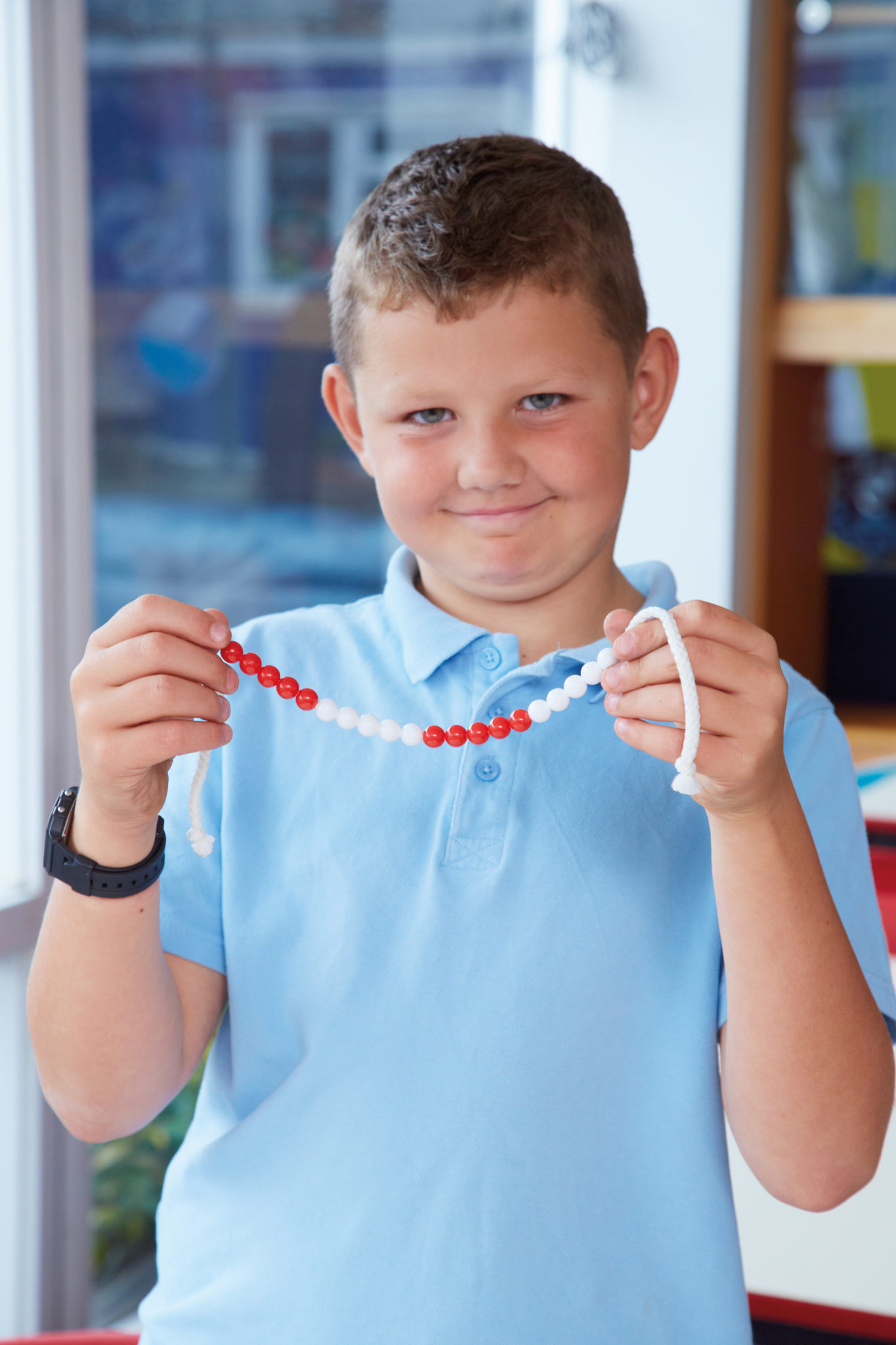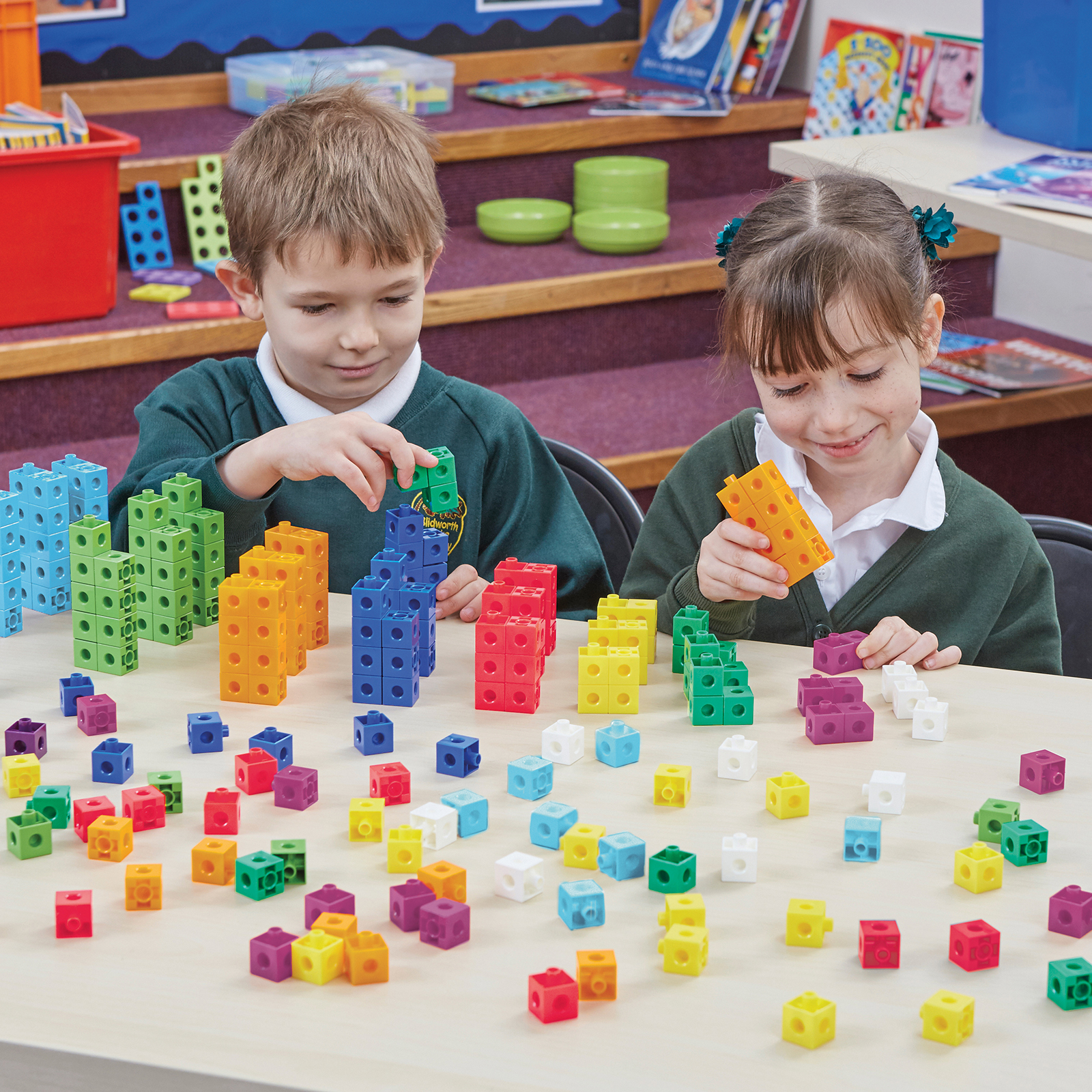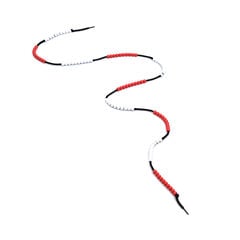In collaboration Maths with Parents
The pack was put together in collaboration with Maths with Parents for learning at home and includes these key resources:
These have been specially chosen to offer flexibility and cover different areas of the maths curriculum.
Maths with Parents
Maths with Parents are a not-for-profit organisation who work to engage parents and ensure children are supported effectively at home. They have this message for schools:
“As schools across the country close, we are keen to ensure that every child still has access to high quality learning at home. To do this we have decided to offer our full Maths with Parents programme for free to all primary schools. We are aware that schools are facing numerous challenges at the moment and will also be worried about monitoring pupils’ work, ensuring pupils understand the topics, and supporting families in a way so that children are not in front of a screen all day. Through our platform, teachers share fun hands on activities that support families to bring maths to life at home. The TTS resource packs are a great way to support with this. The activities are provided with videos presented by children to support parents unfamiliar with the methods taught in school. Schools will be able to keep track of their children’s learning, monitor engagement and release topics to match their curriculum. As home learning is our focus, we hope we can help in what is a very tricky time for schools. If you think you, your pupils and their parents would benefit from the support, we are very happy to set up whole school access, or on a class by class basis – all for free over the coming months. Visit www.mathswithparents.com and select ‘School Closure’ to sign up. To find out more about how Maths with Parents works, you can watch this short video: //vimeo.com/356432913 “
//www.mathswithparents.com/KWeb?startTime=1585578599178
Ideas to get started
To help get started, here are 5 activities for each of the resources in the pack. Using manipulatives, such as these, can unlock children’s mathematical development by giving them real concrete representations of what are very abstract concepts.
Have a go at the activities with your children and have fun manipulating the resources and playing games. There will be so much mathematical thinking and language going on without having to write anything down or look at a screen. (You may already have some of these resources and where possible activities can be adapted and done with objects you might already have at home.)
Bead Strings 
Bead strings are a perfect example of how numbers can be shown as a picture and children can have the lovely kinaesthetic experience of pulling them up and down the string. Bead strings are available in different sizes, but the one in this pack has 100 in groups of 10, alternating between red and white.
-
Demonstrating
Throw a dice, then show that number on the bead string. Throw two dice to get a two digit number i.e. 2 and 6 represents 26 and show that number using the beads. To help with their understanding of two digit numbers children will need to understand counting in 10s. They can pull the groups of beads to one side as they count up and down in 10s.
-
Estimating and counting
Hide part of the bead string behind a cuddly toy or in a bag. Guess how many jumbled up beads they can see, then straighten out the string and count together.
-
Rounding to the nearest 10.
Bead strings are a great visual way to demonstrate rounding up or down. For example 22 would round down to 20, whereas 19 would round up to 20. Remember numbers ending in 5 generally round up.
-
Doubling
Doubling numbers can be a difficult concept. Demonstrate doubles by holding two ends together with the same number showing.
-
Finding the difference
The ‘difference between’ two numbers is another difficult concept that can be clearly seen using a bead string. Show two numbers using the beads, e.g. 12 and 19. Put one of top of the other. How many more than 12 is 19? Find other pairs of numbers with the same difference?
There are more great ideas (with photographs) for using bead strings with all primary ages at:
//toolkit.mathematicsmastery.org/attachments/53bbb668-2e70-4aa6-b359-1f42b9186246.pdf
Egg Boxes
Egg boxes might seem like a strange maths resource but they have many uses and can provide a clear visual representation of numbers for children.
-
Number bonds to 10
(You will need the 10 space egg boxes for this, but you could cut up others to make ones with 10 spaces, or begin with number bonds to 6)
The importance of having a speedy knowledge all the pairs of numbers that make 10 is crucial. Adding objects to the egg boxes can give a clear visual representation of this. For clarity, use two different colours (of the snap cubes for example)
How many go with 7 to make 10?
How many do I need to add to 8?
You might also like to learn this rhyme (or come up with your own!)
Zero and 10 – big fat hen (mime holding a huge hen)
1 and 9 – all is fine (spread arms out)
2 and 8 – at the gate (mime opening a gate)
3 and 7 – gone to Devon (point thumb over your shoulder)
4 and 6 – silly tricks (pretend to juggle)
5 and 5 – swim and dive (mime these)
6 and 4 – knock at the door (pretend to knock)
7 and 3 – cup of tea (bring cup to your lips, with pinky finger out)
8 and 2 – pot of stew (mime spooning some stew)
9 and 1 – nearly gone (in a very quiet voice)
10 and zero – always a hero! (loudly and with a superhero pose!)
-
The Great 10 Give-away – a game for 2 players
Each player begins with one cube in each of their 10 egg box spaces.
The object of the game is to get rid of all your cubes.
Take turns to throw a dice and give that number of your cubes away. The game continues until one player’s egg box is empty.
- Investigate
How many ways can 3 eggs be placed in a 6 egg box? What about an 8 or a 10 egg box? Is there any pattern in the number of possibilities? Children will learn they need to be systematic about how they think about/record the possibilities.
-
Amounts to 10
Write the numbers 1 to 10 in the bottom of each egg space.
Ask children to search for items to go in each one. It has to be the same item for each number, i.e. 1 egg, 2 pen lids, 6 beads etc. How large or small does each item be? The ones in the 10 space will need to be much smaller than 1 egg for example.
-
Practise times tables
Write the answers to any of the times tables on small pieces of paper. E.g. 3 x table – 3, 6, 9, 12, 15 etc. Put one in each egg box space, out of order.
- Call out the times table you wish to practise. You might do it in order first. Children should put a cube in the correct answers as you go.
- As above, but put answers to your chosen times table in order and cover them up with a cube in each. Where will 3×3 be? What number will be under that cube? Children choose a cube and pick it up to check the number underneath to see if they are correct. If so, they keep the cube.
Snap Cubes

Snap cubes come in 10 colours and are incredibly versatile. They link together on all sides and can be used for all kinds of concepts including: sorting, counting, number bonds, the 4 operations, place value, fractions, measurement and graphing.
-
Counting
Ask your child to close their eyes and listen carefully. Drop a number of counters into a box or tin. Can they tell you how many they heard altogether? To make it more challenging, each cube dropped could represent a times table, so for example – the 5 times table – 4 cubes dropped would equal 20.
-
Making a cube chart
Choose an interesting question to ask as many people as you can, for example, “What is your favourite colour/ animal/ ice-cream flavour/ sport etc.? Children might provide 4 – 6 possible responses to choose from.
Make a chart using different coloured cubes for each response.
Family and friends favourite colours
 Make repeating patterns
Make repeating patterns
Can children follow your repeating pattern?
e.g. Yellow, yellow, red
Blue, brown, brown, brown, red
Can they make repeating patterns of their own for you to continue?
-
Make Pentominoes
How many different shapes can you make using 5 cubes linked together? Mirror images and rotations do not count. Can you find all 12 possibilities?

Persevere and don’t look at the answers too soon!
-
Measurement
Choose some objects around your home to measure using snap cubes.
How many cubes will the television measure? What about a book/ the coffee table/ a window pane etc.
Get children to guess first, then put a line of cubes together to measure and count the correct number. How close were they? Do the estimates get more accurate the more they do?
Base 10 pack

Give children a real understanding of place value by allowing them to manipulate these concrete resources and work with ever increasing numbers.
-
Counting
Use the pieces to count up in 10s and then 100s.
Move the pieces as you do, so that children have a physical representation of what 30, for example, can look like (3 of the tens sticks).
-
Make numbers to 1000
Ask your child to pick out the pieces they need to make a picture of any number you choose.
Begin with numbers up to 20 – eleven, twelve and thirteen are often trickier
Increase to 50, then up to 100
Finally use numbers including 100s, 10s and 1s
-
‘Fill a board’ race game
Use number cards from 1 – 20, or you could use a set of playing cards with Jack, Queen and King representing 11, 12 and 13
Each player has a 100 square board and one at a time draws a number card. Whatever number is shown, pick that same amount in one and ten pieces and add them to your board.
The first player to fill their board is the winner.
-
First to Zero game
Begin with 50 each – 5 ten pieces.
Throw a dice and take the number shown away from your pieces. (You will need to exchange a 10 stick for 10 ones.) Children will be practising subtraction as they take away each time.
The first person to get rid of all their pieces wins!
-
Addition
Write addition sums for your children to solve using the base 10 resources.
Begin with sums that need no exchanges i.e. the two or more units add up to less than 10, e.g 14 + 12
When they are ready begin including sums that will need exchanges
(i.e. 16 + 17. The 6 and 7 make 13, so children will exchange 13 one cubes for 1 ten stick and 2 ones.) This gives children a much better understanding of place value before doing the sums purely on paper.


 Make repeating patterns
Make repeating patterns



